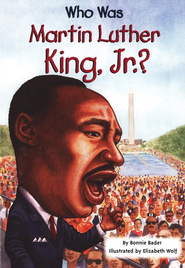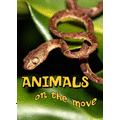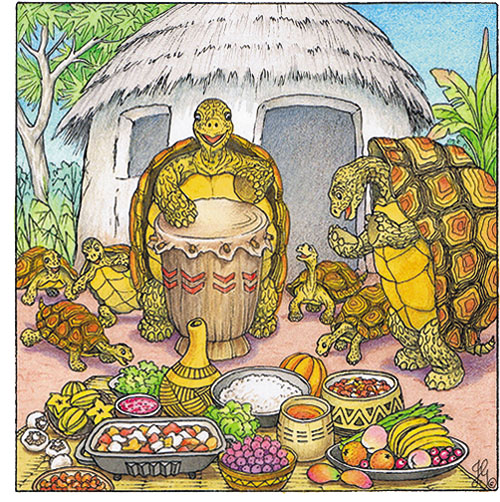
(No Official Cover)
Summary:
The Man Who Never Lied is about a man who was known for never telling a lie. The king wanted to make a liar of him and tried to trick him into saying something that wasn't going to happen. The man was wise and only spoke what he knew and did not lie as the king intended.
Genre Evaluation:
This book is an African folktale. It tells a story with a moral behind what happens.
Classroom Activities:
1. Have the students to think of a weird topic in question form.(Why can't ostriches fly?)Then allow them to write a story about something that happened that made them that way to create their own folktale.
2. The teacher can tell the students different things about different topics and let them decide if what the teacher said is true or false.
Read & Response Questions:
1. Why did the king want the man to lie?
2. How did the man keep from lying?
Personal Comments:
I think this story is awesome. It teaches the students that they should never go off what others say but what they do. It has so many underlying stories within it, and I love all of them. I would recommend this short story to any teacher or person!!!
About the Author:
Like most folktales there is no known author. It is sad because a story this good she have someone to give thanks to for it.
References:
World of Tales. (2008-2013). Retrieved from http://www.worldoftales.com/African_folktales/Nigerian_folktale_4.html





.jpg)










